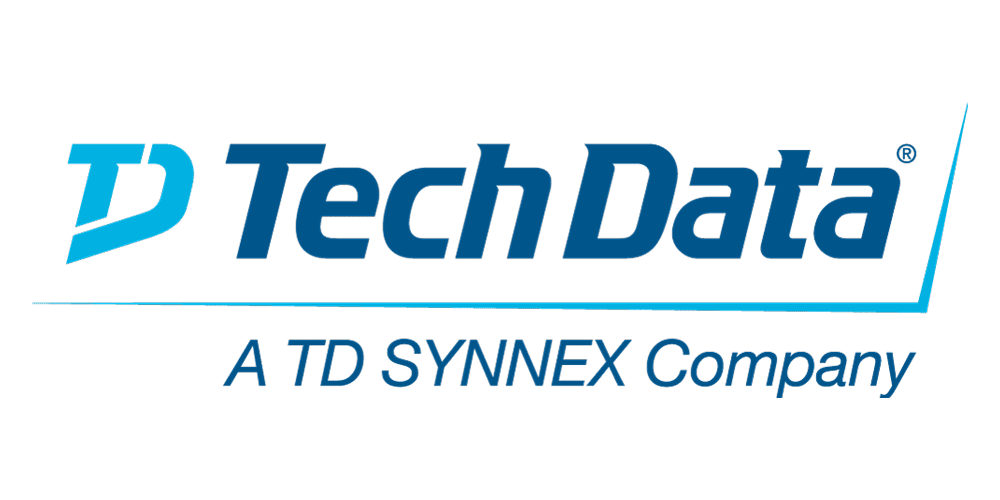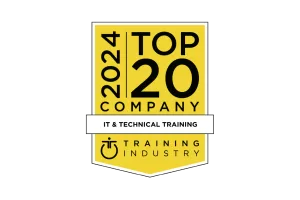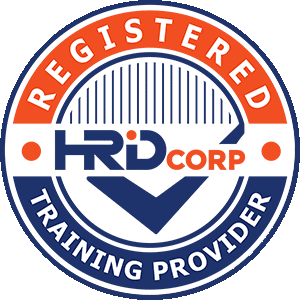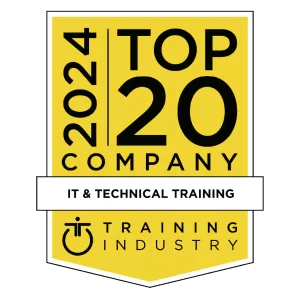This course is also available as self-paced virtual (e-learning) course IBM Cloud Pak for Automation, Installation and Administration (ZB318G). This option does not require any travel.
This course is designed to teach the skills that are needed to work with IBM Cloud Pak for Automation. Through a presentation and three hands-on lab exercises, you learn to deploy the IBM Operational Decision Manager (ODM) and IBM FileNet P8 Content Platform Engine products in containerized environments by using IBM Cloud Pak for Automation. You use Network File System (NFS), Db2, and Lightweight Directory Access Protocol (LDAP) as required by ODM and Content running in docker containers. You also learn some basic skills to manage, troubleshoot, and administer the installed containerized products that are deployed on the Red Hat OpenShift environment. In the lab exercises, you interact with the OpenShift cluster by using both the OpenShift Command-line interface (CLI) and the web console.
For information about other related courses, see the IBM Training website:
ibm.com/training





